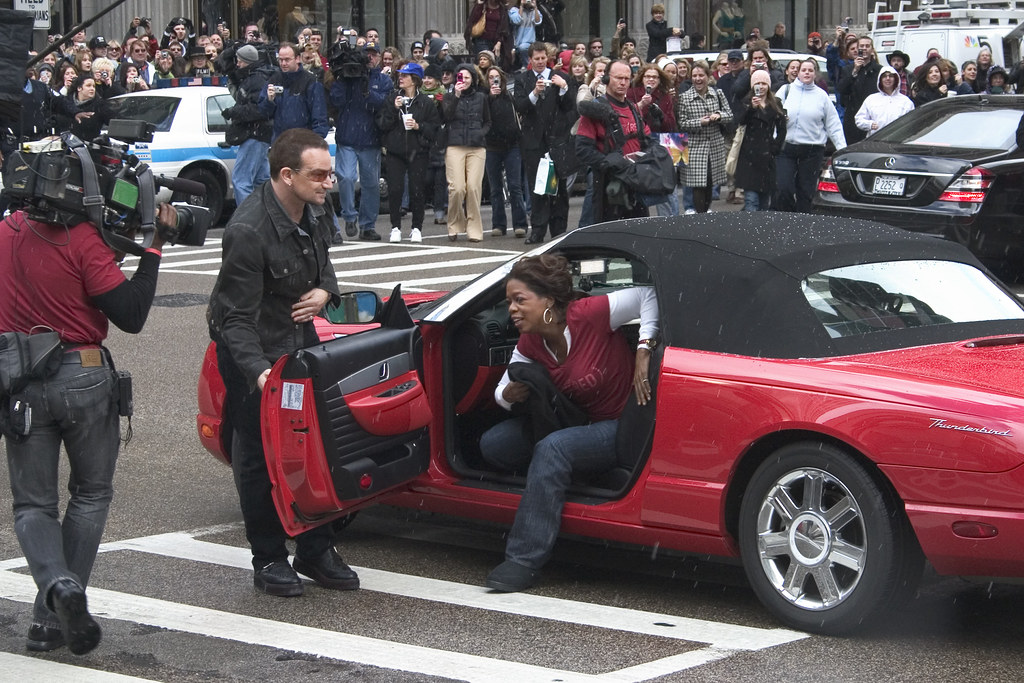An excerpt from Milan Kundera's “The Unbearable Likeness of Being”

18
Something was in the air. People were slowing down and looking back.
The American actress, who had ended up in the rear, could no longer stand the disgrace of it and, determined to take the offensive, was sprinting to the head of the parade. It was as if a runner in a five-kilometer race, who had been saving his strength by hanging back with the pack, had suddenly sprung forward and started overtaking his opponents one by one.
The men stepped back with embarrassed smiles, not wishing to spoil the famous runner's bid for victory, but the women yelled, “Get back in line! This is no star parade!”
Undaunted, the actress pushed on, a suite of five photographers and two cameramen in tow.
Suddenly a Frenchwoman, a professor of linguistics, grabbed the actress by the wrist and said (in terrible-sounding English), “This is a parade for doctors who have come to care for mortally ill Cambodians, not a publicity stunt for movie stars!”
The actress's wrist was locked in the linguistics professor's grip; she could do nothing to pry it loose. “What the hell do you think you're doing?” she said (in perfect English). “I've been in a hundred parades like this! You won't get anywhere without stars! It's our job! Our moral obligation!”
“Merde!” said the linguistics professor (in perfect French).
The American actress understood and burst into tears.
“Hold it, please,” a cameraman called out and knelt at her feet. The actress gave a long look into his lens, the tears flowing down her cheeks.
19
When at last the linguistics professor let go of the American actress's wrist, the German pop singer with the black beard and white flag called out her name.
The American actress had never heard of him, but after being humiliated she was more receptive to sympathy than usual and ran over to him. The singer switched the pole to his left hand and put his right arm around her shoulder.
They were immediately surrounded by new photographers and cameramen. A well-known American photographer, having trouble squeezing both their faces and the flag into his viewfinder because the pole was so long, moved back a few steps into the ricefield. And so it happened that he stepped on a mine. An explosion ran out, and his body, ripped to pieces, went flying through the air, raining a shower of blood on the European intellectuals.
The singer and the actress were horrified and could not budge. They lifted their eyes to the flag. It was spattered with blood. Once more they were horrified. Then they timidly ventured a few more looks upward and began to smile slightly. They were filled with a strange pride, a pride they had never known before: the flag they were carrying had been consecrated by blood. Once more they joined the march.


